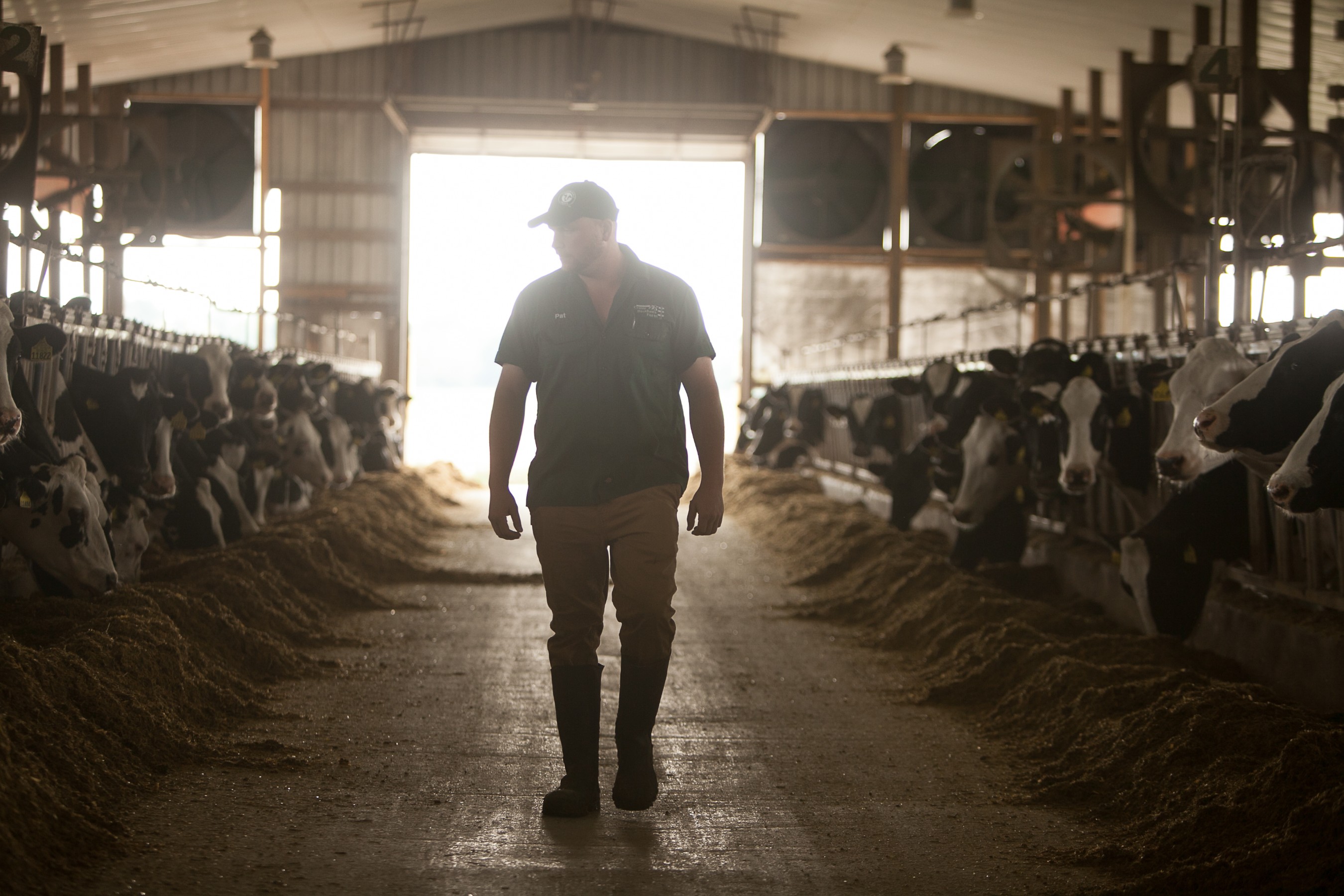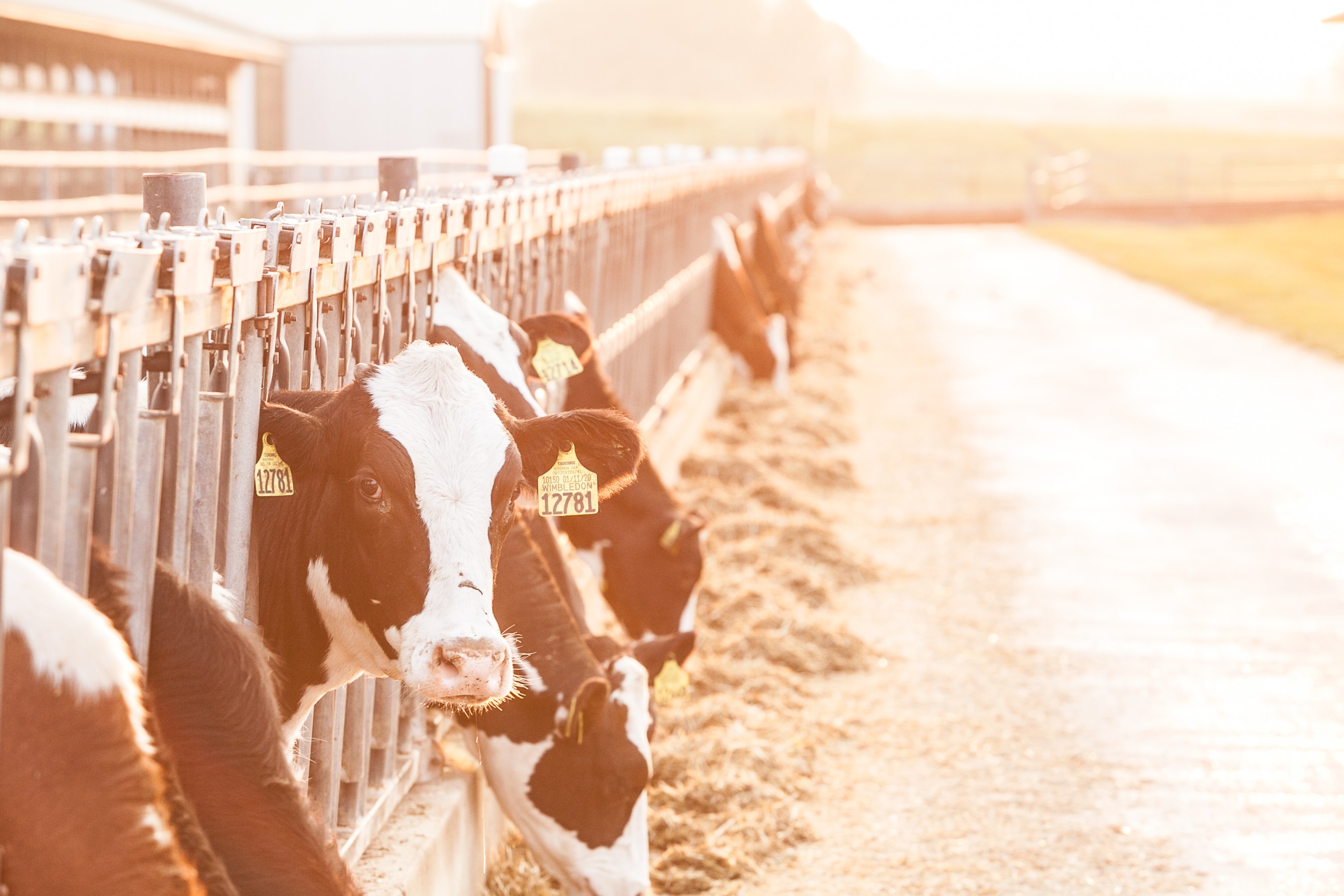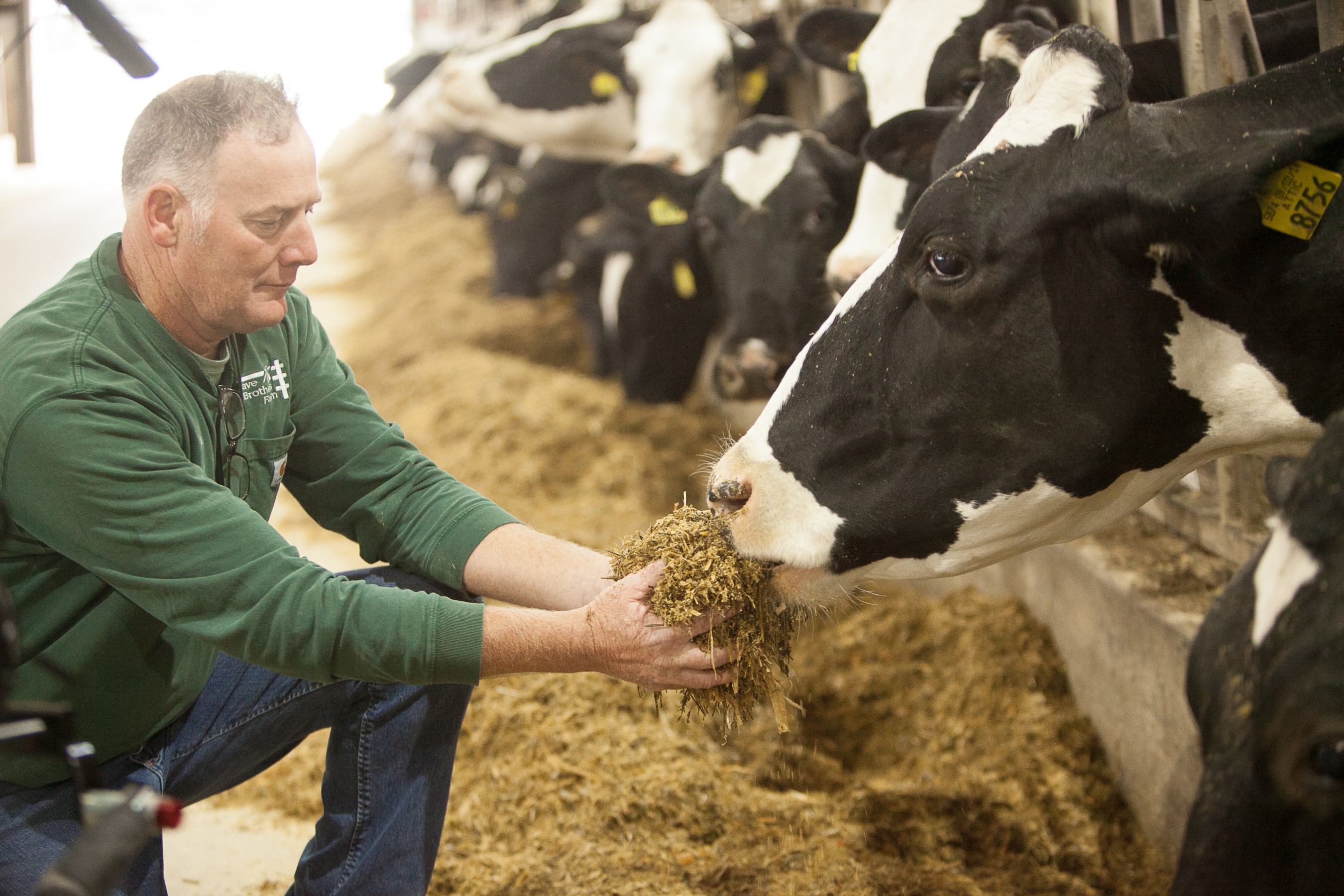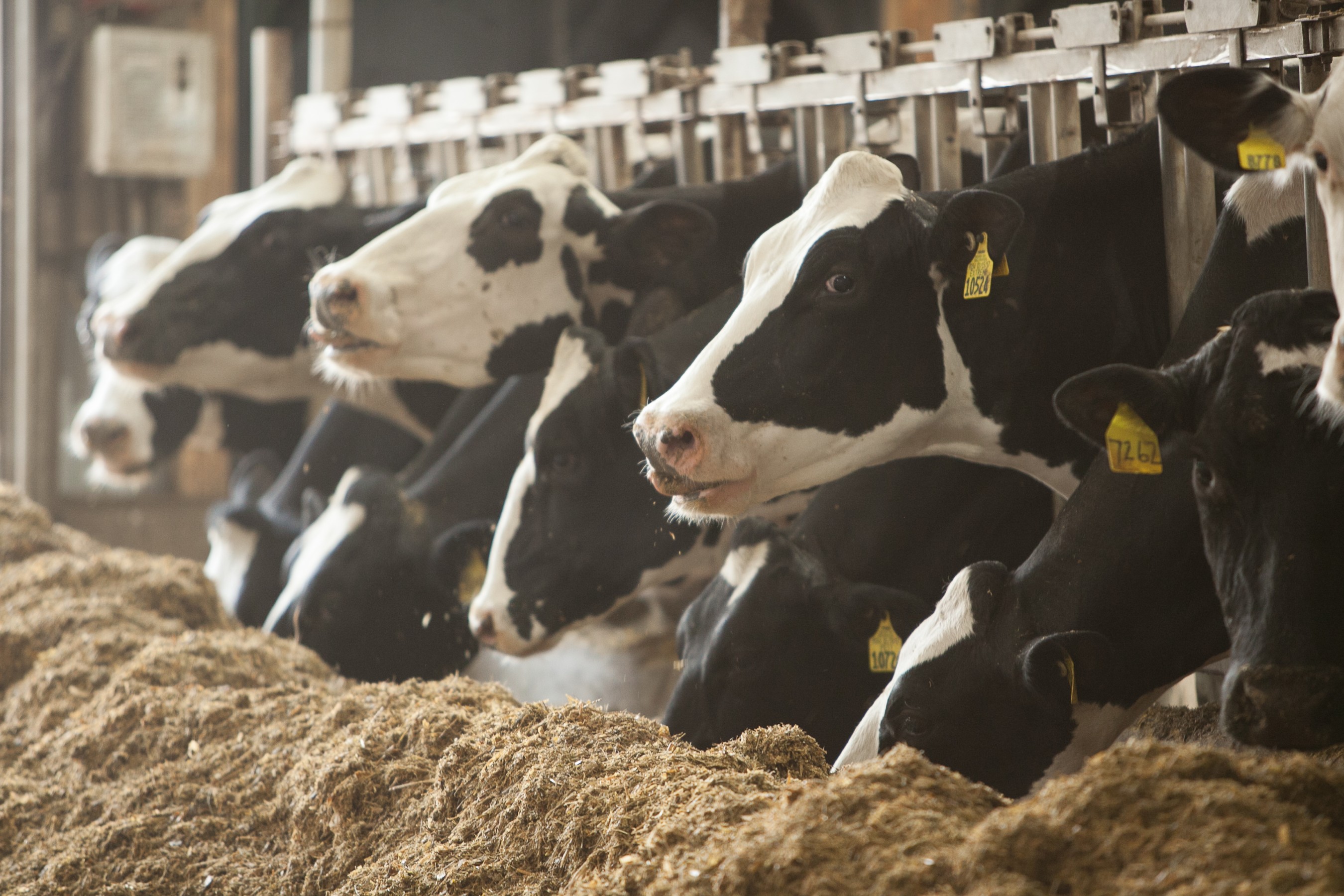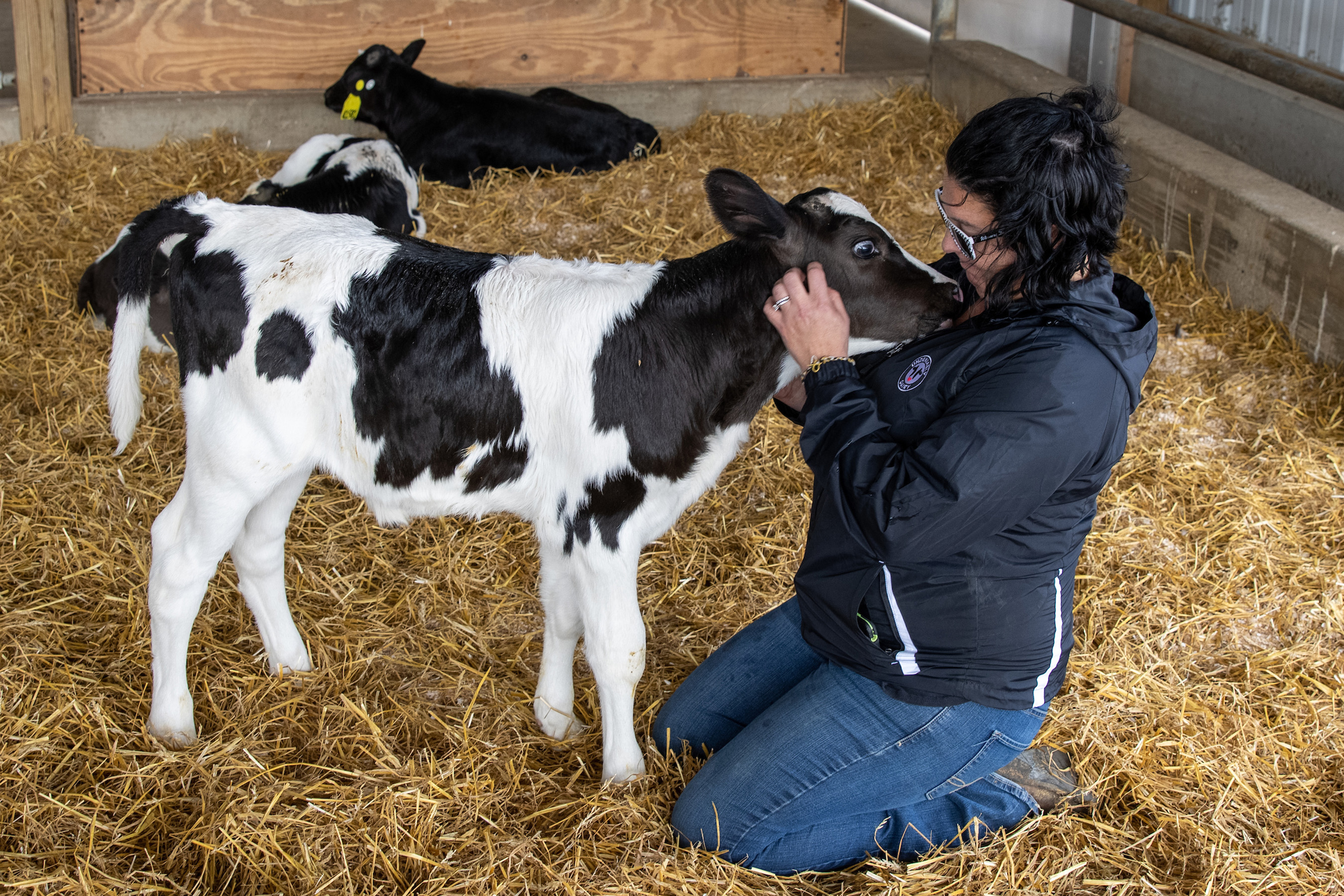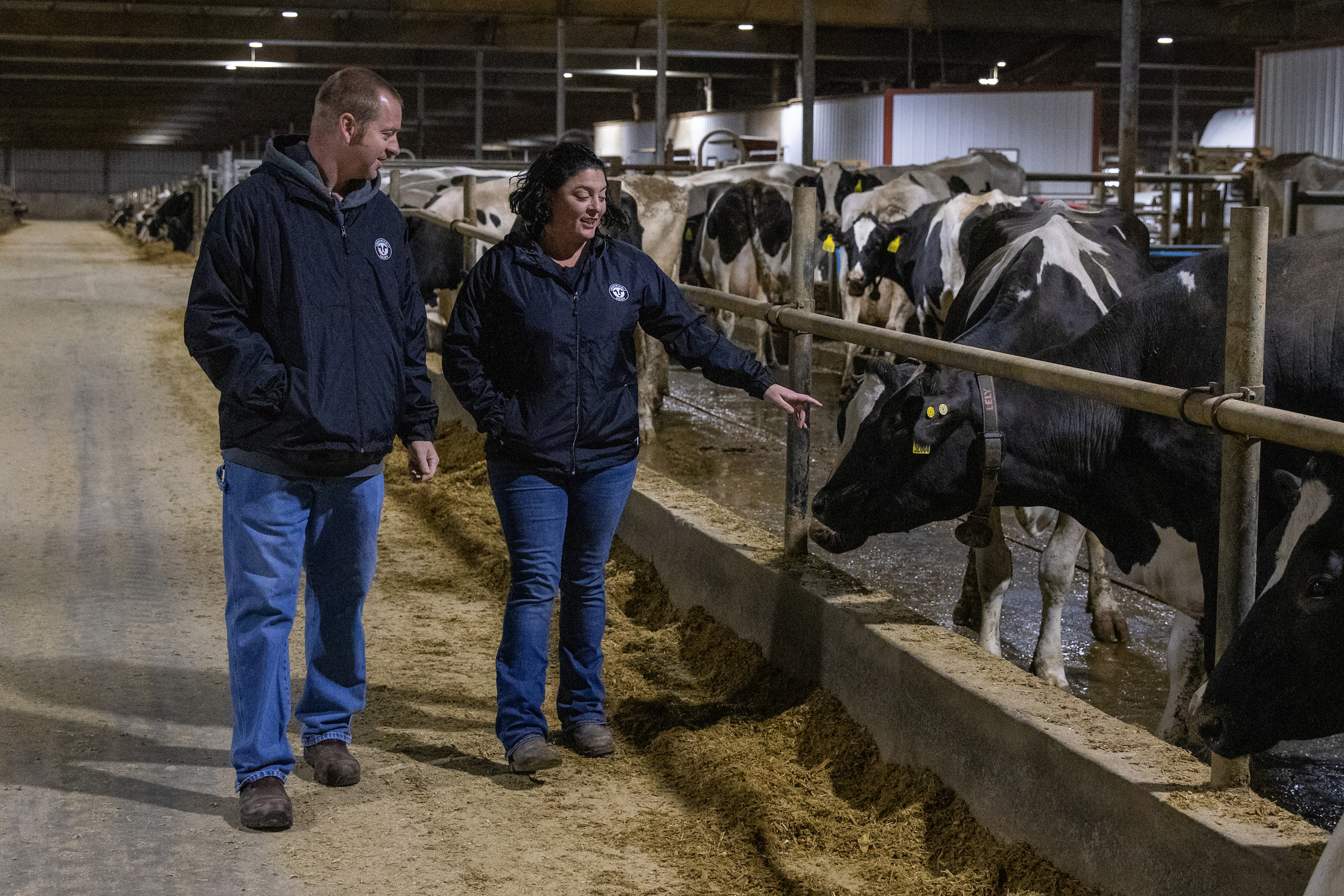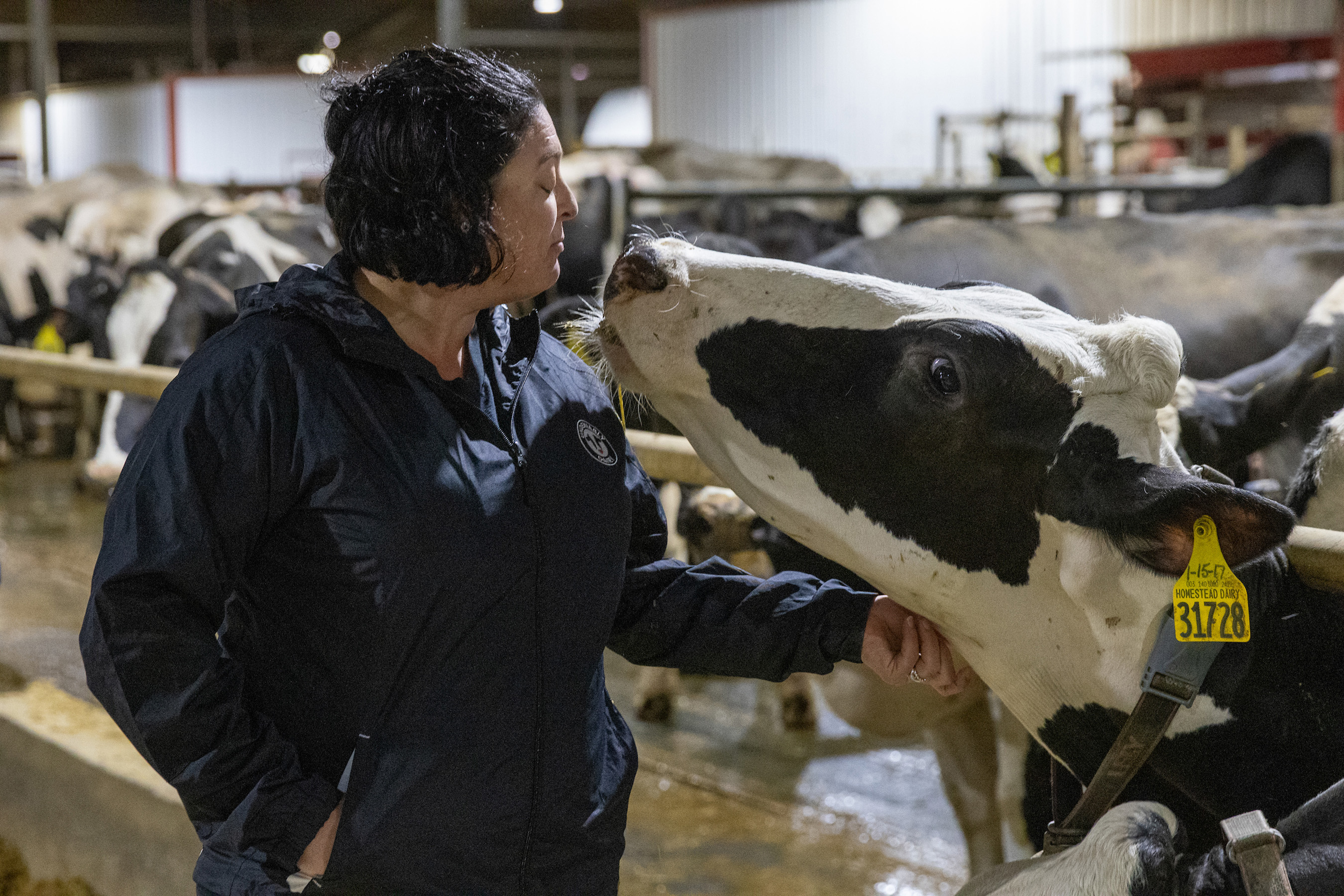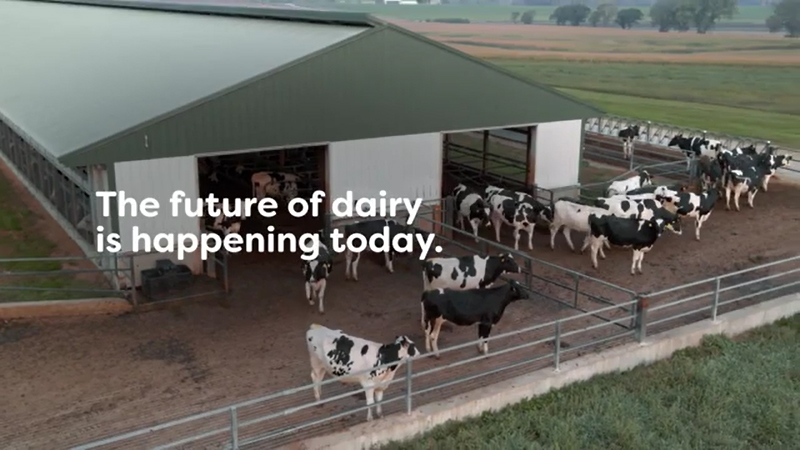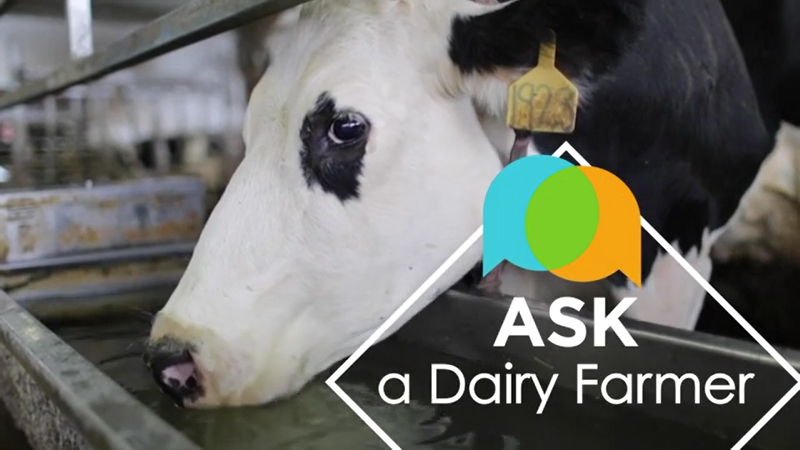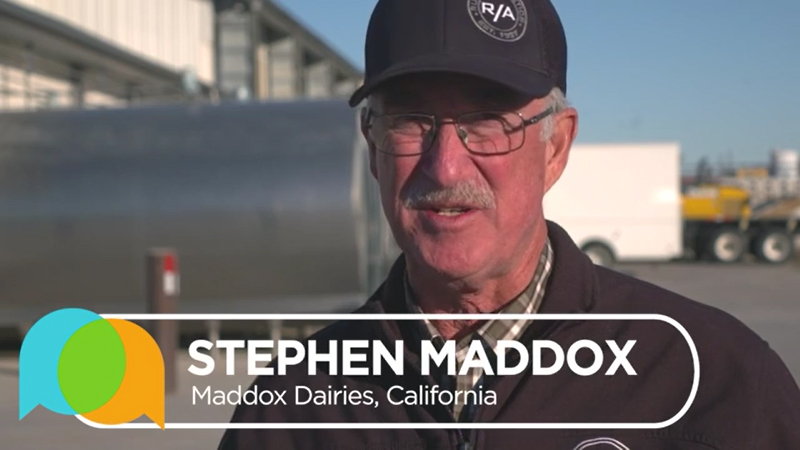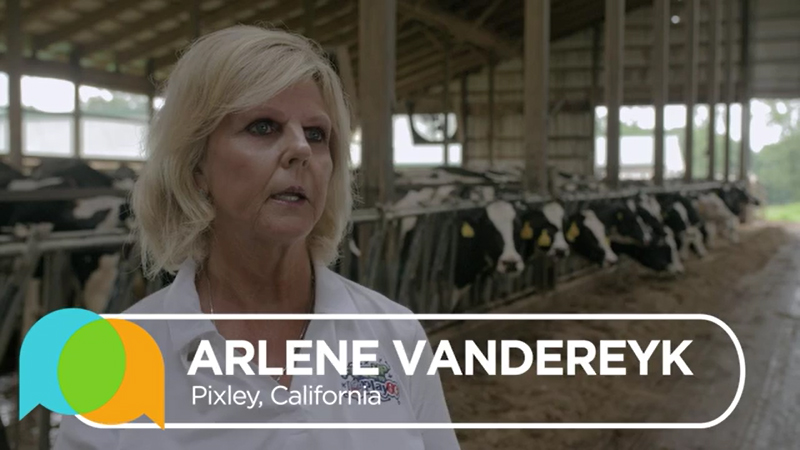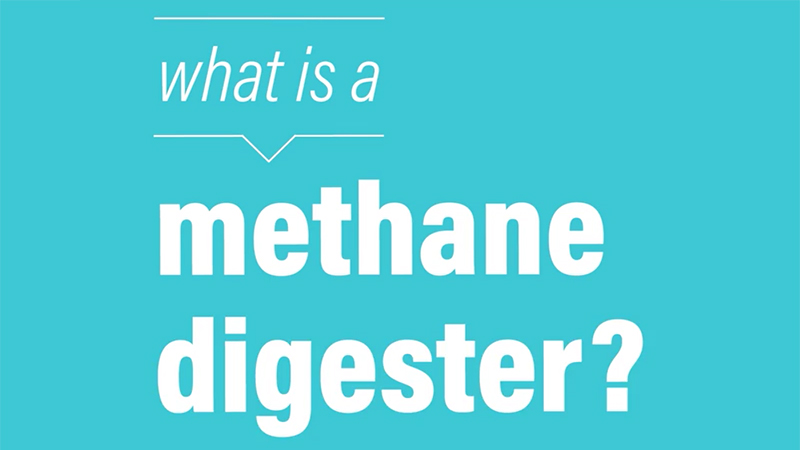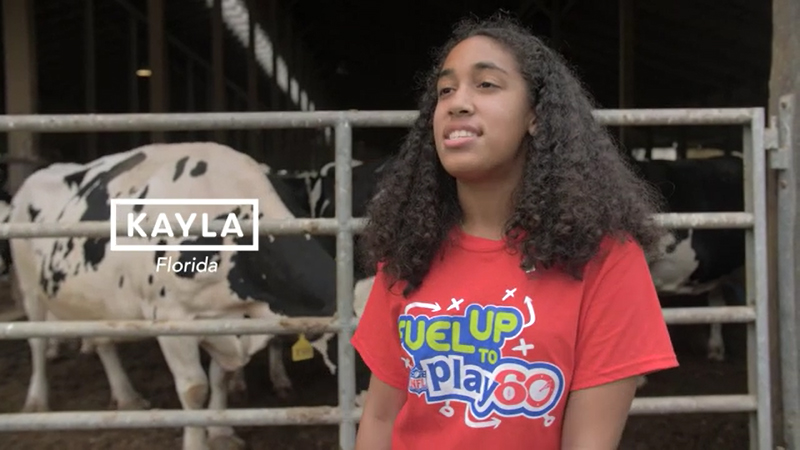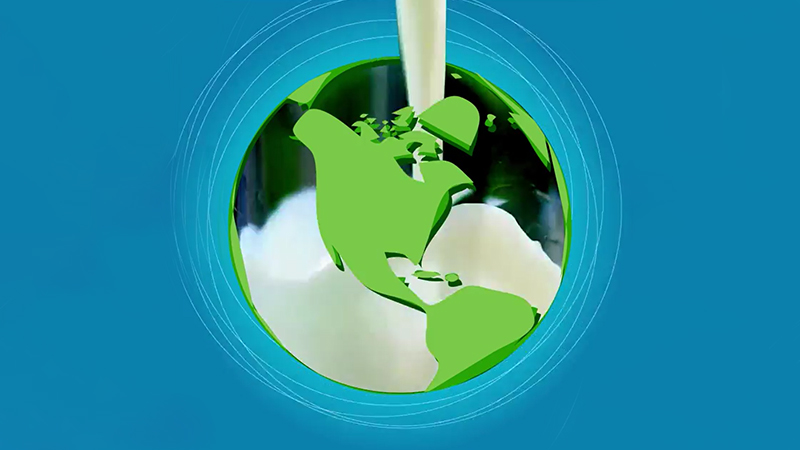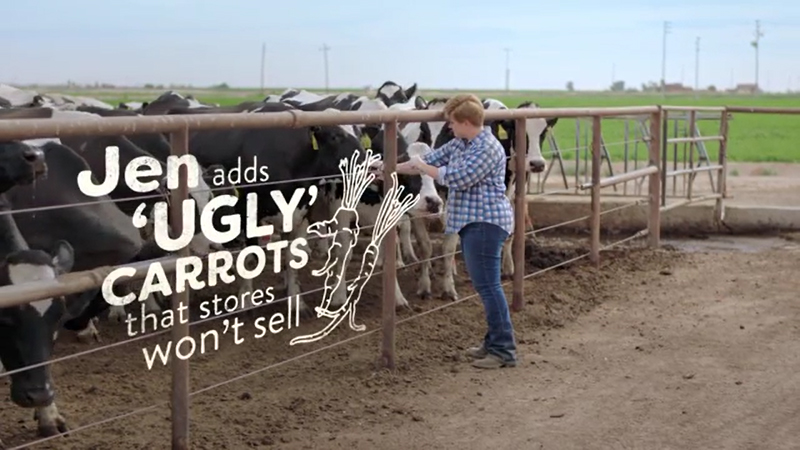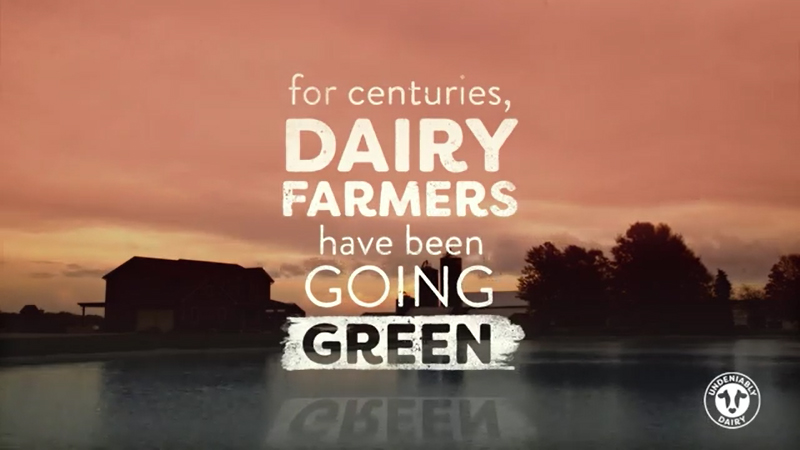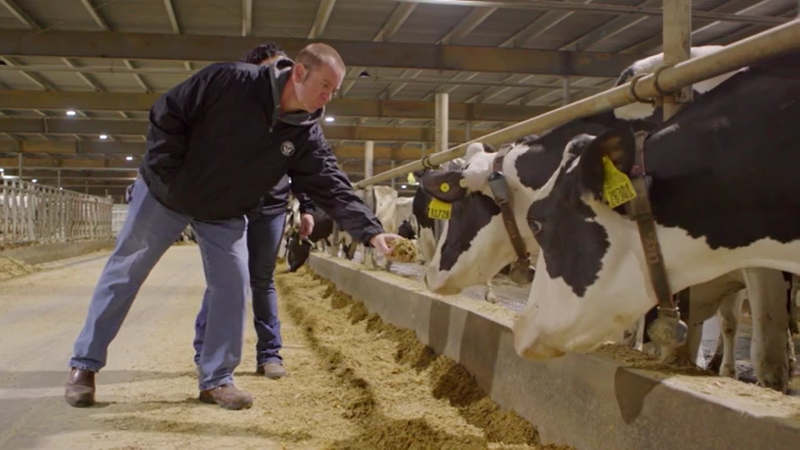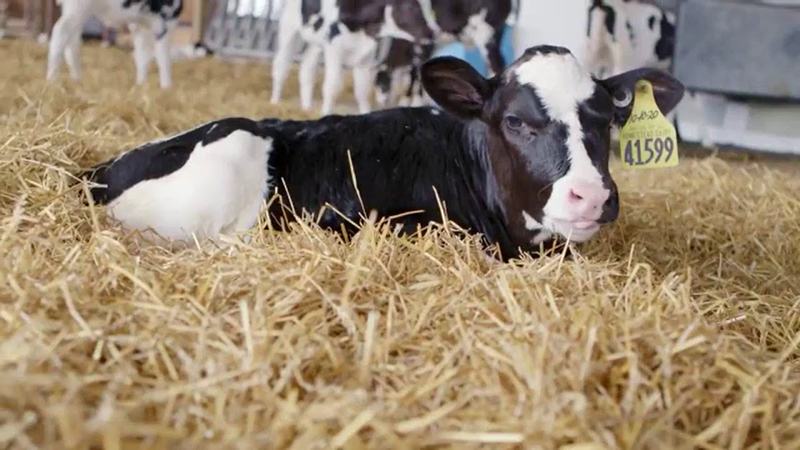
Get to Know the Innovation Center for U.S. Dairy
The Innovation Center for U.S. Dairy (IC) is a precompetitive forum initiated by dairy farmers in 2008 to drive alignment and action across the U.S. dairy community on category-wide issues and opportunities. The IC brings together leaders and experts from agriculture, co-operatives, processors, retailers, civil society, academia and more to advance a shared dairy social responsibility platform and communicate U.S. dairy’s positive impact. This work is reflected in the U.S. Dairy Stewardship Commitment, dairy’s pledge to demonstrate and report progress against an economically viable and socially responsible U.S. dairy community from farm to table. We welcome the involvement of all those along the dairy chain who share our commitment of a socially responsible and ever-improving dairy community.
U.S. Dairy Fast Environmental Facts
- U.S. dairy’s greenhouse gas footprint is less than 2% of the nation’s total.1
- Thanks to improvements in sustainable farming practices, U.S. dairy farmers are now using 65% less water and 90% less land to produce 60% more milk.2
- Thanks to improved farming practices, the carbon footprint of producing 1 gallon of milk shrunk by 19% between 2007 and 2017, requiring 30% less water and 21% less land.3
- 35 dairy companies representing 75% of U.S. milk production have voluntarily adopted the U.S. Dairy Stewardship Commitment to help the U.S. dairy industry collectively advance, track and report progress on social responsibility areas important to consumers, customers and communities.4
- U.S. dairy is a diverse, complex sector made up of 31,000 farms and hundreds of dairy companies, with representation across the entire country.
- A 2021 World Wildlife Fund analysis found that U.S. dairy farms could achieve net zero emissions in as few as 5 years, if the right incentives and supportive policies are put in place. The investment would mean a return of $1.9 million or more per farm. If even 10% of dairy production in the U.S. were to achieve net zero, GHG emissions could be reduced by more than 100 million tons.5
- A team of Virginia Tech researchers found that the removal of dairy cows from the U.S. agricultural industry would only reduce greenhouse emissions by about 0.7% — and it would significantly lower the available supply of essential nutrients for humans.6
- Dairy packs a serious nutrient punch, effectively, efficiently and affordably providing the annual protein requirements of 169 million people and the annual calcium requirements of over three-quarters of the population.7
- Dairy encompasses the six billion people who eat and drink its products annually, as well as the 600 million people who live and work on the world’s 133 million dairy farms. And the one billion people who rely on the dairy sector to support their livelihoods and communities.8
- Launched in 2008, the Innovation Center for U.S. Dairy is led by a board of 31 dairy company CEOs and Chairs representing more than 65% of the U.S. milk production. It provides an industry-wide forum for collaboration that has supported the dairy community in pursuing sustainability efforts since its inception.
- In the U.S., there are 280 on-farm anaerobic digester systems used to convert manure into renewable energy. Of those, 77% are located on dairy farms.9
- 80% of what dairy cows consume can’t be eaten by people, including byproducts of other foods like citrus pulp and almond hulls.10
U.S. Dairy is an Environmental Solution
The U.S. dairy industry has a long legacy of responsible stewardship and is a crucial environmental solution with a vital role to play in the collective global effort to sustainably feed and nourish the world’s growing population.
Dairy farmers are connected to their land, animals and communities in ways that make caring for natural resources central to everything they do. They know that for future generations to thrive, they must continuously find ways to give more than they use. Because of their continuous efforts to seek out and adopt progressive sustainable farming practices, the carbon footprint of producing a gallon of milk shrunk by 19% between 2007 and 2017, requiring 30% less water and 21% less land — and the U.S. dairy industry’s greenhouse gas footprint is just 2% of the nation’s total.
The Path Forward
We have made great progress but recognize that there is much more to be done. That’s why in 2020, the Innovation Center for U.S. Dairy set collective industry environmental stewardship goals, pledging to achieve GHG neutrality, optimize water usage through recycling, and improve water quality via management of manure and nutrients by 2050.
One way we are accelerating U.S. dairy’s efforts to reach these ambitious targets is through the Net Zero Initiative, which uses foundational research, on-farm pilots and the development of new product and ecosystem market opportunities to break down barriers and make cutting-edge feed production, cow care, energy efficiency and manure management practices accessible and economically viable for farms of all sizes, in all geographies.
The U.S. dairy industry is committed to nourishing people, communities and the planet to foster a more sustainable future for generations to come. But the path to progress won’t be easy and it cannot be traversed alone. That’s why we are collaborating with partners across our industry to advance inclusive solutions that will make a meaningful impact — because together, we will be a catalyst for positive change.
Krysta Harden is the President and CEO of the U.S. Dairy Export Council.
Recently In The News
Meet Our Experts
If you would like to speak further with any of these experts, please contact [email protected]
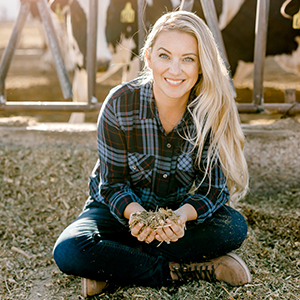
“As part of a 5th-generation dairy farming family, we pride ourselves on sustaining our land, caring for our animals and preserving our business for the next generation. We want to be at the table, testing new practices and accessing innovative technology to go further, faster. Because in the end, we all want the same thing – a healthy planet for our families and our children.”
Tara Vander Dussen, 5th generation New Mexico dairy farmer and environmental scientist
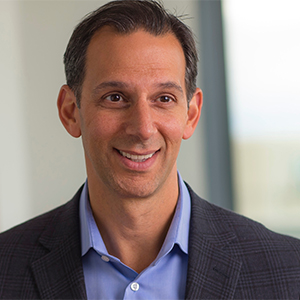
“The U.S. dairy community has been working together to provide the world with responsibly-produced, nutritious dairy foods. With the entire dairy community at the table – from farmers and cooperatives to processors, household brands and retailers – we’re leveraging U.S. dairy’s innovation, diversity and scale to drive continued environmental progress and create a more sustainable planet for future generations.”
Mike Haddad, Chairman, Innovation Center for U.S. Dairy

“Supporting and enabling farmers through the Net Zero Initiative has the potential to transform the dairy industry. Scaling up climate-smart agricultural initiatives is key to Nestlé’s ambition to achieve net zero greenhouse gas emissions by 2050 and will help reduce the carbon footprint of many of our brands. We are excited to collaborate with U.S. dairy and our suppliers to contribute to an even more sustainable dairy supply chain.”
Jim Wells, Chief Supply Chain Officer for Nestlé USA
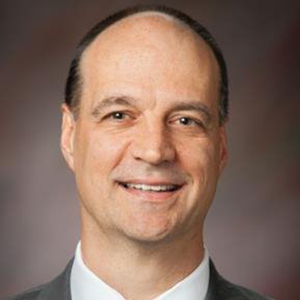
“Dairy is a vital and resilient ecosystem that encompasses many facets, entities and perspectives, all of which matter and must be considered. Some dairy cows may be black and white, but the dairy industry isn’t. Dairy’s impact is vast and deep. It nourishes people, supports vibrant communities and is good for the planet.”
Jay Waldvogel, Senior Vice President Strategy and International Development, Dairy Farmers of America
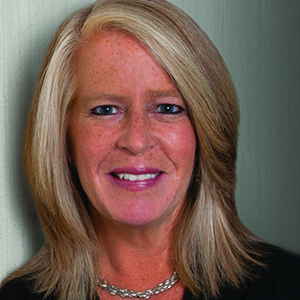
“The U.S. dairy community and farmers set new goals to achieve GHG neutrality, optimize water usage and improve water quality by 2050. While U.S. dairy contributes less than 2 percent of all U.S. greenhouse gas emissions, we’re holding ourselves accountable to scale the positive impact we can make and are committed to being an environment solution.”
Barbara O’Brien, President and Chief Executive Officer of Dairy Management Inc. and Innovation Center of U.S. Dairy
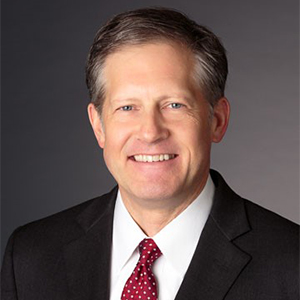
“Our goal as an essential business that delivers wholesome, healthy nutrition to millions is to thrive alongside the communities in which we work, live and play for at least another 100 years. Our ability to do that amid an unpredictable and volatile market will depend in large measure on collaborations with our public, private and industry partners. Together we are stronger and smarter.”
Stan Ryan, Retired CEO of Darigold
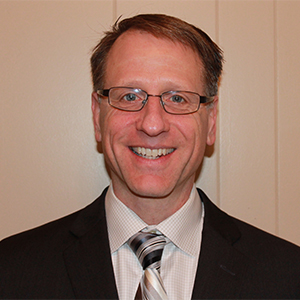
“U.S. dairy already has a great story and commitment to the environment. We’ve made significant improvements to produce food more efficiently, conserve resources and reduce waste. As a result, dairy accounts for just 2% of U.S. greenhouse gas emissions (GHG).”
Dr. Jim Wallace, Senior Environmental Consultant, Dairy Management Inc.

“Dairy cows only contribute a proportion of agricultural greenhouse gas emissions and agricultural greenhouse gas emissions are only about 9% of total emissions in the U.S. Moreover, if we were to eliminate dairy cows from the U.S. food production system and replace them with other agricultural processes, we estimate the equivalent reduction in total US greenhouse gas emissions to be less than 1%.”
Dr. Robin White, Associate Professor, Department of Animal and Poultry Sciences at Virginia Tech
Visual Assets
Photos
Videos
Videos
Instagraphics
Instagraphs
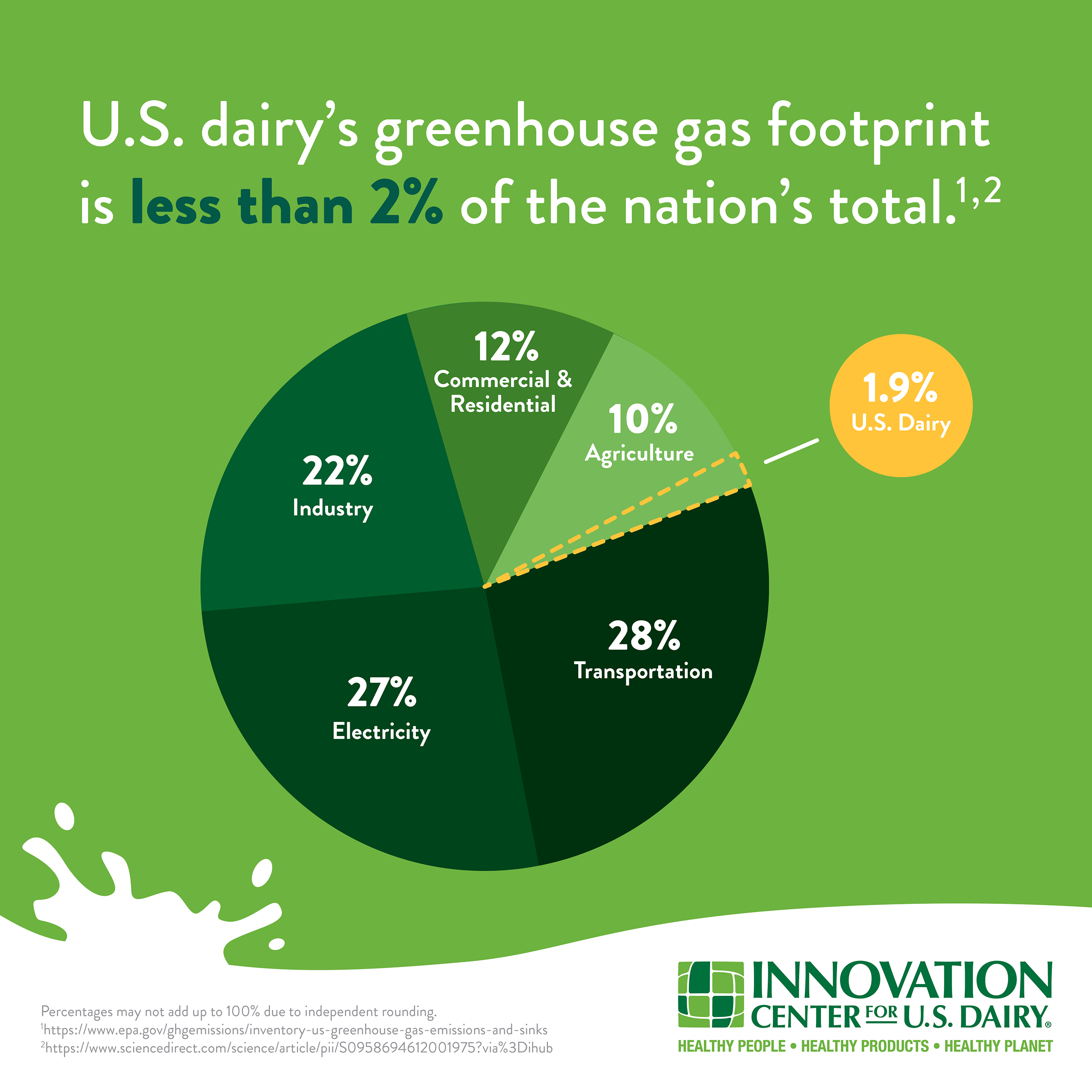 Gallery Image
Gallery Image
Instagraphic 1
Instagraphic 1
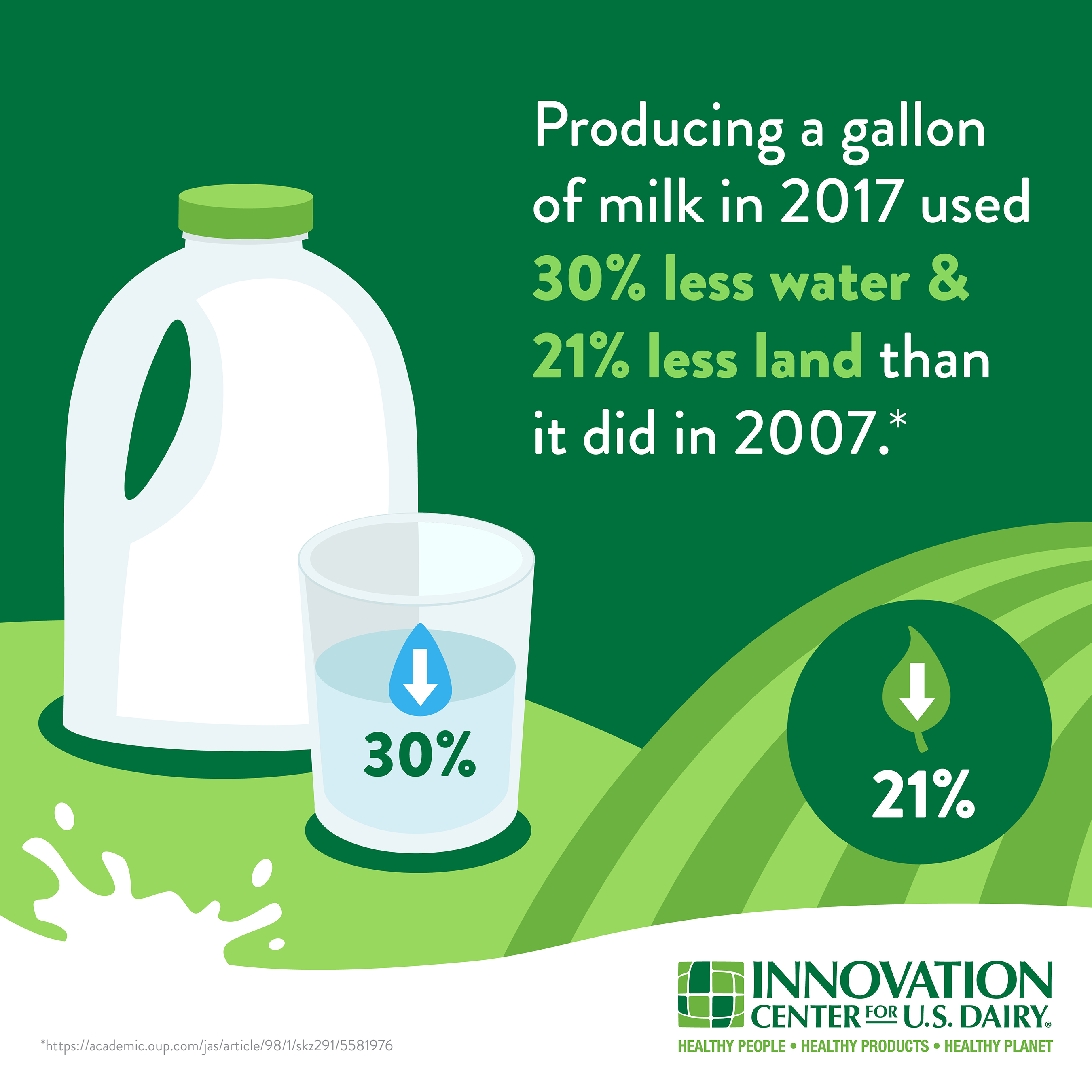 Gallery Image
Gallery Image
Instagraphic 2
Instagraphic 2
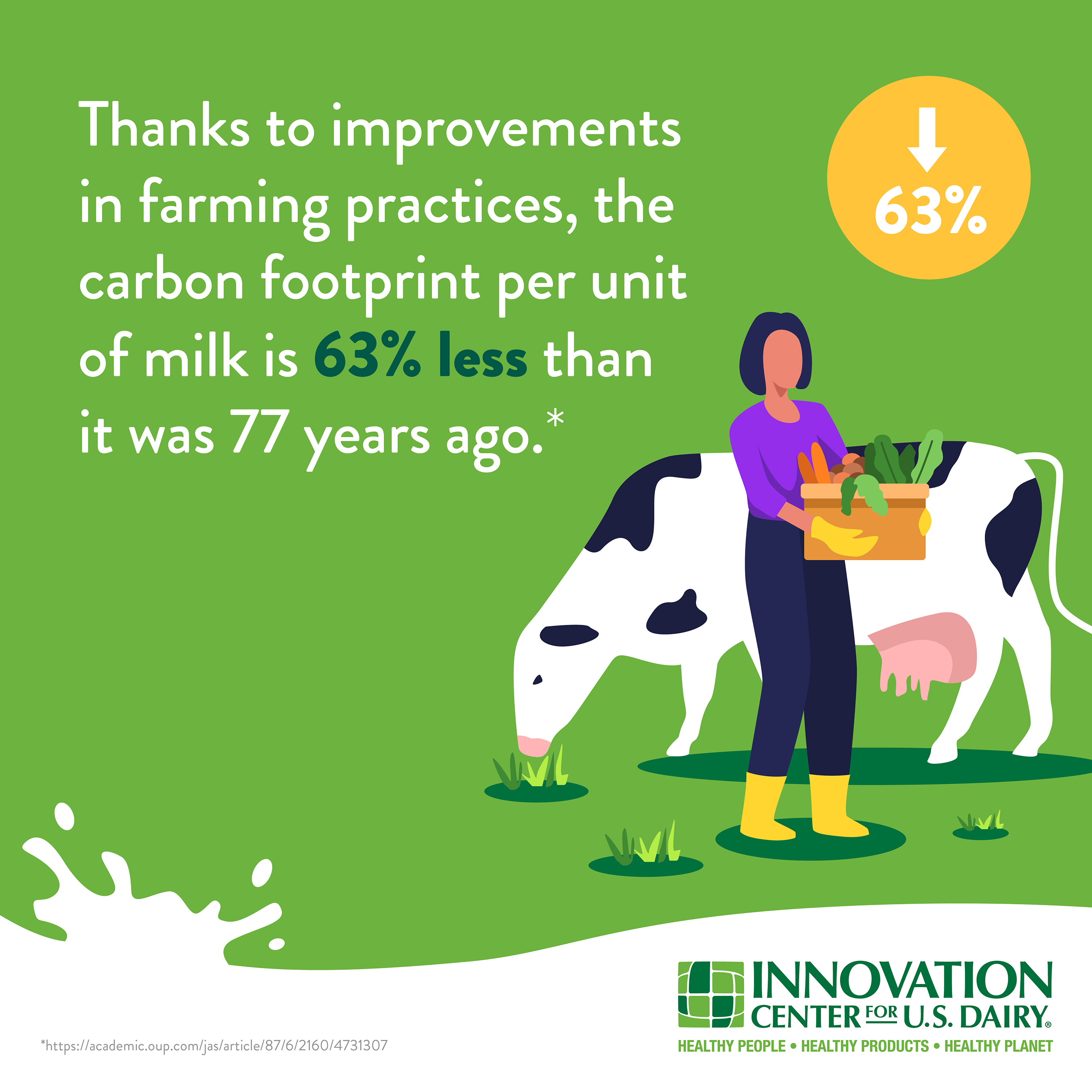 Gallery Image
Gallery Image
Instagraphic 3
Instagraphic 3
Contact:
Lisa McComb
[email protected]
USDairy.com
630-484-1158
Citations
- https://dx.doi.org/10.1016/j.idairyj.2012.08.013
- https://academic.oup.com/jas/article/87/6/2160/4731307
https://doi.org/10.2527/jas.2009-1781 - https://academic.oup.com/jas/article/98/1/skz291/5581976
- https://www.usdairy.com/getmedia/138b8973-a6fc-4bf2-85cb-a6db78fa9044/dairy-sustainability-alliance-newsletter-winter-2020.pdf?ext=.pdf
- https://www.worldwildlife.org/blogs/sustainability-works/posts/tackling-scope-3-emissions-and-reaching-net-zero-in-dairy
- https://doi.org/10.3168/jds.2020-18570
- https://www.journalofdairyscience.org/article/S0022-0302(20)30785-2/fulltext
- https://www.globaldairyplatform.com/development/
- https://www.epa.gov/agstar/livestock-anaerobic-digester-database
- https://docs.wixstatic.com/ugd/36a444_
d950ca21aca54a9e92d4be516cad4998.pdf

